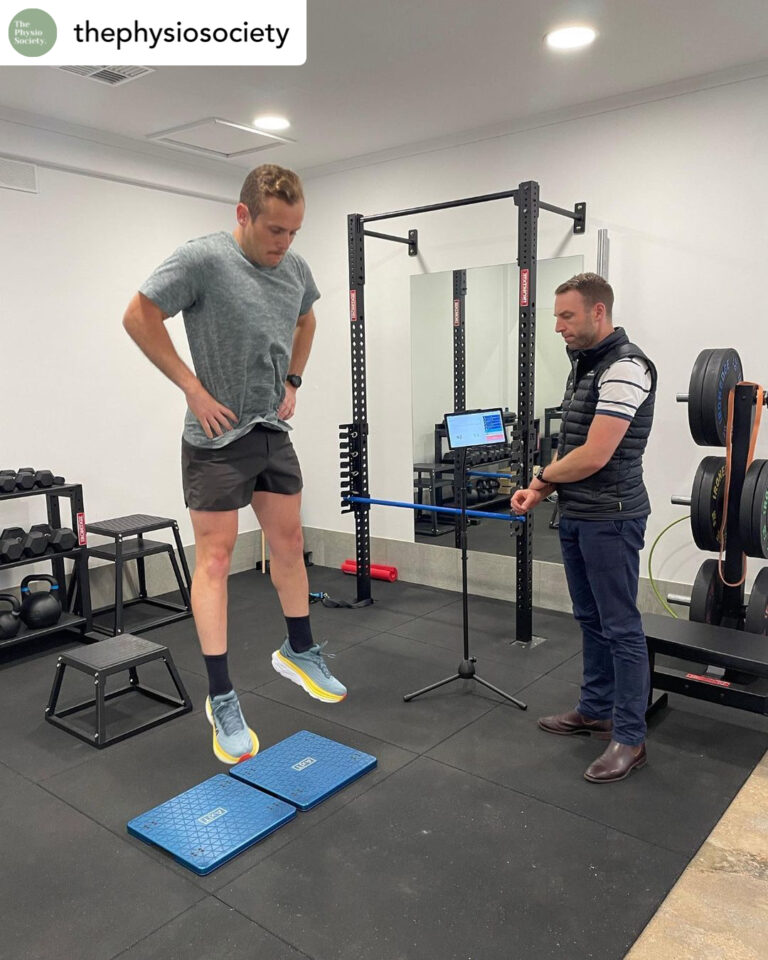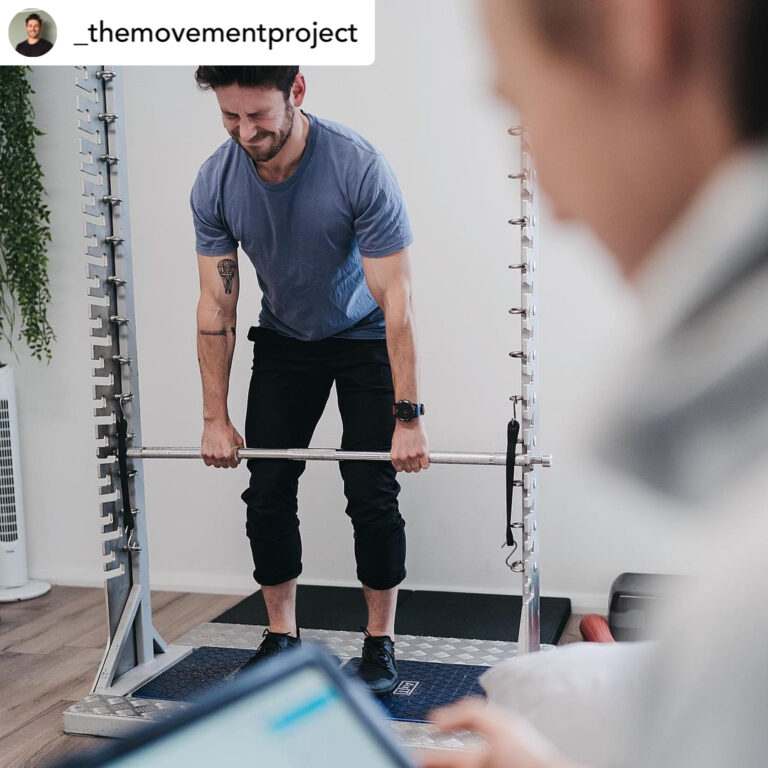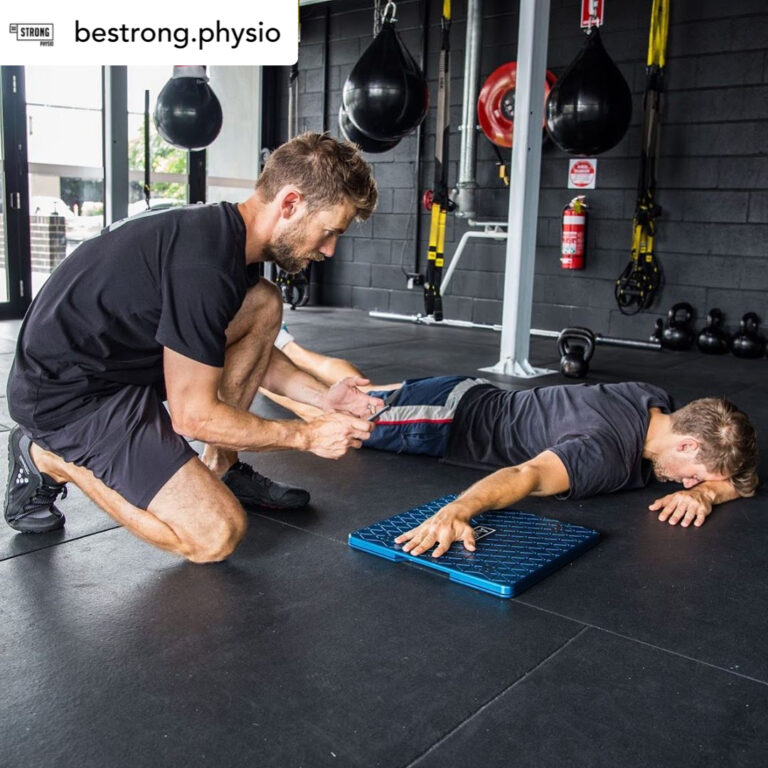Not long ago force plate technology was seen as something only accessible to million-dollar sporting institutions or university bio-mechanics labs and may cost tens or hundreds of thousands of dollars to acquire. Now as the technology becomes more accessible and affordable such as with the AxIT Stomp-IT, many everyday health and fitness professionals are starting to use portable force plates in their businesses to help better understand their client’s movement function and performance.
What are portable force plates?
Portable force plates are devices that are used to measure the force exerted by a person’s body on a surface. Portable force plates are designed to be lightweight and portable, so they can be easily transported and used in a variety of settings. They typically consist of a flat platform with load cell sensors that measure the forces applied to the platform, and they can provide a detailed analysis of a person’s weight distribution, force application and movement patterns.
Who are portable force plates useful for?
Portable force plates can be useful for a variety of individuals, including clinicians, sports coaches, athletes, patients undergoing rehabilitation, and people with disabilities. Portable force plates can provide valuable information about a person’s balance, strength, gait, and movements such as jumping which can help to identify areas for improvement and guide the development of a tailored exercise program.
Portable force plates can be particularly useful for people with musculoskeletal conditions, because they can provide detailed information about the forces being applied to the joints and help to identify any imbalances or deficiencies in muscle strength.
Portable force plates can also be useful for monitoring progress over time and assessing the effectiveness of treatments, such as physical therapy as they can help identify improvements in force tolerance and generation with common movement patterns.
Also due to their portability, these type of force plates like the AxIT Stomp-IT are also easy to move around a treatment room or gym space, or even to pack up and take to perform assessments at another fitness facility or sporting club.
What are common tests a portable force plate is used for?
Counter Movement Jump:

Jumping on a force plate can assess several factors related to a person’s power and explosiveness. The force plate measures the forces applied to the platform as the person jumps up and down, and this information can be used to assess the strength and function of the lower body muscles. The data collected by the force plate can also provide information about the person’s jumping technique, including the height and distance of the jump and the stability of the landing. This information can be used to identify areas for improvement and guide the development of a tailored exercise program. Jumping on a force plate can be a useful tool for assessing the effectiveness of treatments, such as physical therapy or shock wave therapy, and for monitoring progress over time.
Isometric Mid Thigh Pull (IMTP):

The Isometric Mid-Thigh Pull Test, which measures maximal strength using isometrics, has been found to be an accurate and reliable method for testing the strength of both young athletes and adults. It has been shown that the results of this test are correlated with athletic abilities such as vertical jump height and sprint speed. Additionally, the mid-thigh pull test is safer and more efficient compared to the traditional 1RM test, especially for athletes who are new to training. Incorporating the IMTP Test into your assessments can help better understand your clients strength deficiencies, imbalances and progression over time according to training programs
Athletic Shoulder Test (ASH)

The athletic shoulder test is a physical examination that is used to assess the function of the shoulder joint. The test is typically performed by a healthcare provider, such as a doctor or physical therapist, and it involves a series of movements and observations to evaluate the range of motion, strength, and stability of the shoulder. The athletic shoulder test is commonly used to diagnose and manage shoulder injuries, such as rotator cuff tears or shoulder impingement, and it can also be used to assess the effectiveness of treatments, such as physical therapy or surgery. The athletic shoulder test is a valuable tool for identifying areas of weakness or dysfunction in the shoulder and developing a plan to improve the health and function of the joint.
Learn More
Want to learn more about portable force plates and their use in your health and fitness business? Check out our free resources available for download or arrange a time to speak with one of our team to find out if AxIT is right for you.

